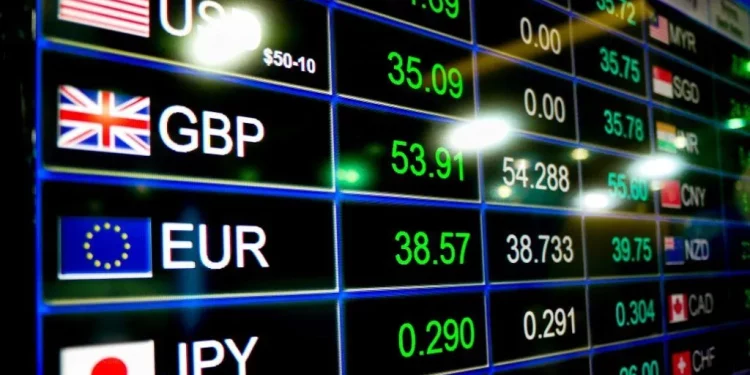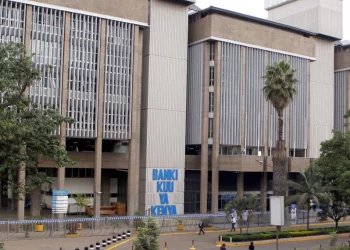A carry trade is a popular strategy in the foreign exchange (forex) market that involves borrowing money in a currency with a low interest rate and investing it in a currency with a higher interest rate. The goal is to profit from the interest rate differential between the two currencies.
First, identify low-interest rate currencies, like the Japanese Yen, which are relatively cheap to borrow. Then, find high-interest rate currencies such as the U.S. dollar to invest in. Once you’ve borrowed funds in the low-interest rate currency, convert them into the high-interest rate currency and invest in assets that yield higher returns. The profit comes from the difference between the interest earned on the investment and the interest paid on the borrowed funds. This difference is known as the “carry.”
One of the most well-known carry trades involves borrowing in Japanese yen and investing in U.S. dollars. Historically, Japanese interest rates have been low, making it attractive for investors to borrow yen and invest in higher-yielding assets in the U.S. This strategy has been used by many investors to earn a low-risk profit. However, the yen carry trade comes with risks, such as changes in interest rates by the Bank of Japan (BOJ). When the BOJ raises interest rates, borrowing costs in yen increase, reducing the profitability of the carry trade.
Additionally, if the value of the borrowed currency strengthens relative to the invested currency, it can lead to exchange rate losses when converting the invested currency back to the borrowed currency. Hence, a stronger yen can lead to losses when converting the investment back to yen.
In March 2024, the BOJ ended its negative interest rate policy and raised interest rates for the first time since 2007. This move has put pressure on investors who borrowed in yen and invested in higher-yielding currencies. The unwinding of the yen carry trade has also had broader implications for global financial markets, including increased volatility in stock markets. The carry trade strategy can be a lucrative way to profit from interest rate differentials between currencies. However, it is essential to be aware of the risks, especially changes in interest rates by central banks like the BOJ. Investors should carefully monitor market conditions and consider diversifying their investment strategies to mitigate potential losses.

















